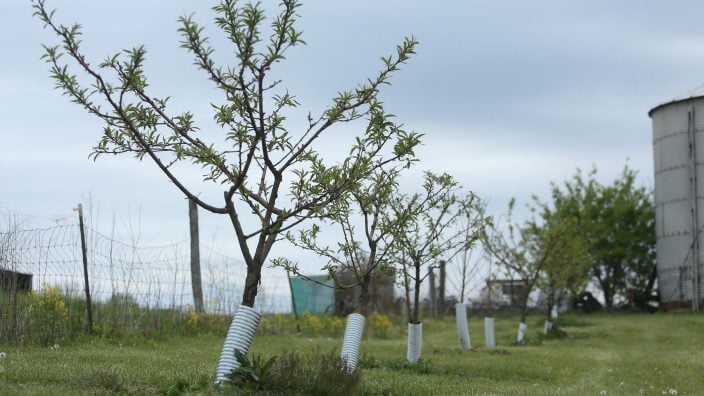Butler County Grow and Know Event
Learn how to plant and pot your own herbs Wednesday, May 14, 2025 at 6:30 p.m. at Garver’s Family Farm Market.
Read MoreGrowing fruit trees has appealed to experienced and novice farmers alike for generations, but establishing a backyard orchard takes time and patience. Knowing how to get started can be a challenge. Below are a few tips to help you learn the tricks of growing your own fresh fruit that is ripe for the picking:
Getting started:
Purchasing a tree:
Where to plant:
Tree care:
Fruit maturity:
Tree fruits reach maturity at different times depending on variety and climate, so monitor the fruits’ color for harvest readiness. The fruits’ undercolor or ground color also can be a good indicator. Watch for the green color to change to a little yellow green then to the respective ripe fruit’s normal skin color.
These tips are from the Ohio State Extension publication “Midwest Home Fruit Production Guide,” and were previously published in Our Ohio magazine. View the original story.


Learn how to plant and pot your own herbs Wednesday, May 14, 2025 at 6:30 p.m. at Garver’s Family Farm Market.
Read More
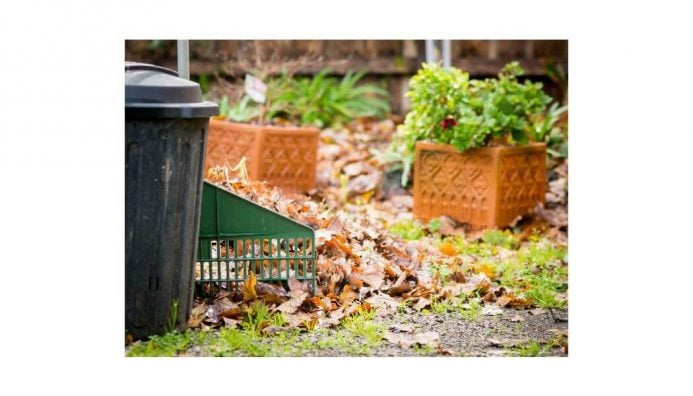
Sometimes the best course of action is nothing at all. Leave the leaves, forget the garden, and compost the decorations.
Read More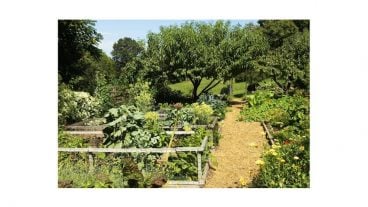
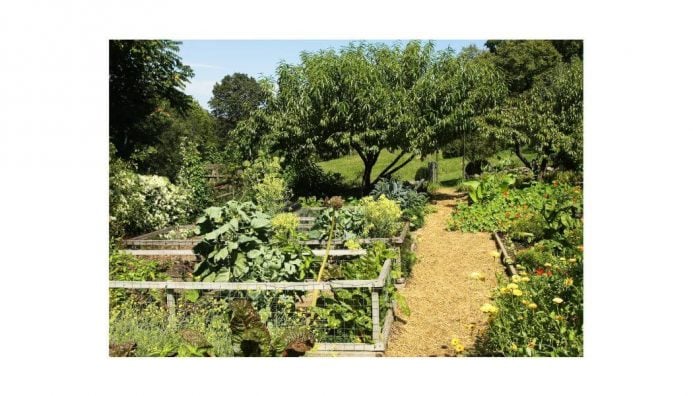
If you have any questions about your gardens, OSU Extension and the Trumbull County Master Gardener Volunteers are here to assist.
Read More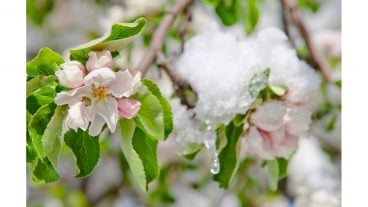
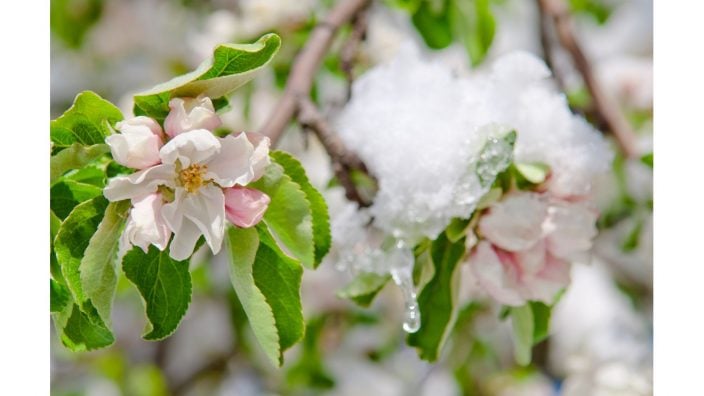
Weather patterns like we are experiencing this year increase the risk of loss for fruit and ornamental crops.
Read More

Groovy Plants Ranch is a retail store and tourist mecca with a huge emphasis on unique and unusual plants.
Read More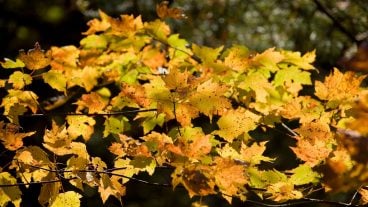
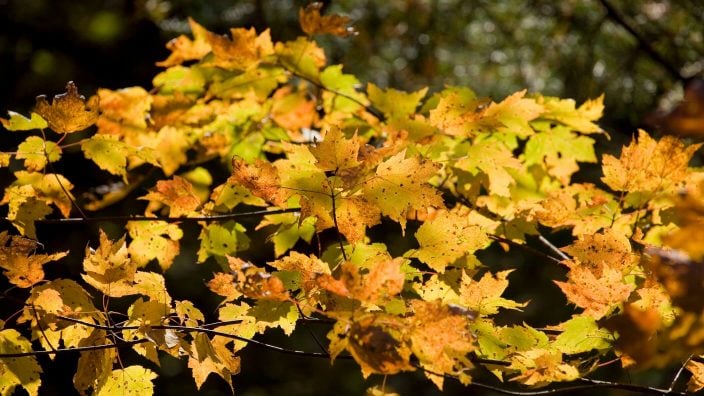
Whatever method you choose, understand there is no right way or wrong way to handle leaves each fall.
Read More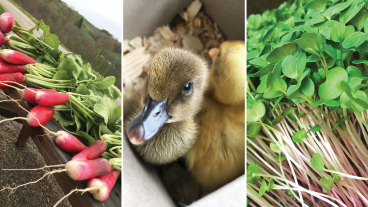
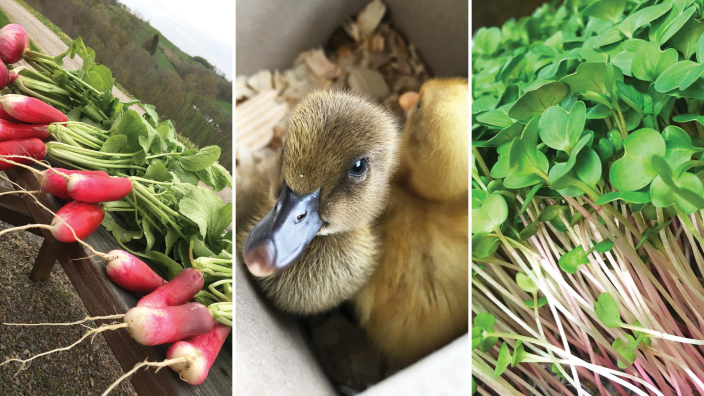
Hard work, dedication and concern for others aren’t quaint concepts at Olde Tyme Farms. These principles helped the 20-acre chicken,…
Read More
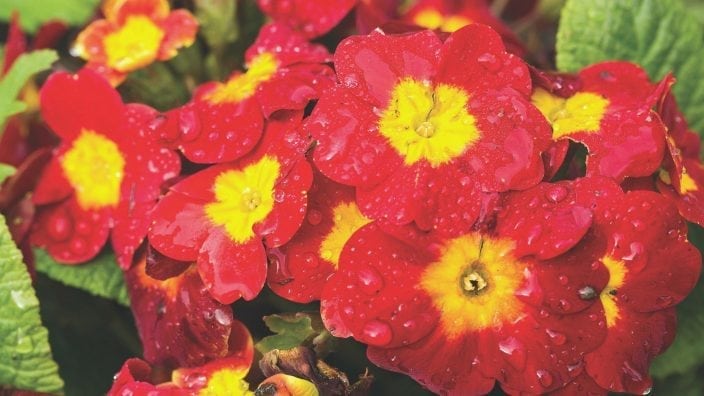
Gold pocket watches, delicate china and heavenly scented flowers are among the heirlooms passed along from one generation to the…
Read More

A buzz of activity surrounds the lead-up to Memorial Day for nurseries and greenhouses, like bees hovering around the bright…
Read More

In real estate — and home gardening — one thing to remember is location, location, location. The ideal garden spot…
Read More